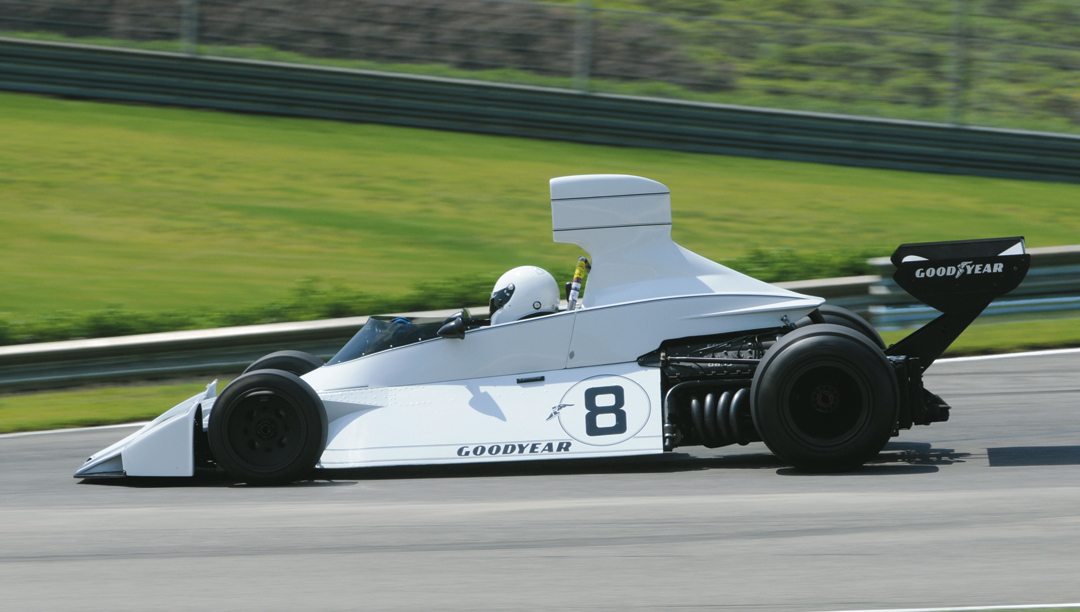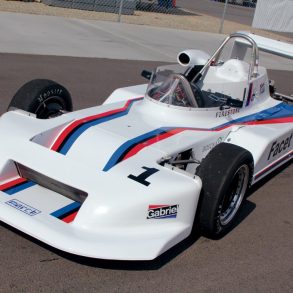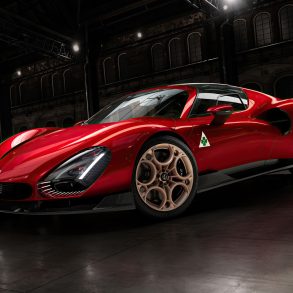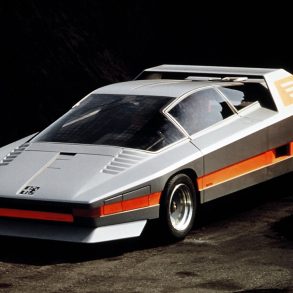I’ve been fortunate to have driven a lot of racecars, both those I’ve raced and those I’ve driven to try to teach them manners, to shake them down for people who own them and have maybe just had them put together. So, I would have to say Alfa Giuliettas are nifty, especially when judged against their contemporaries, and Lotus 23s are pretty wonderful cars, it seems like you can’t make one be bad. BT29 Brabhams are pretty good, and Lola T70s are sort of like a giant Lotus 23, just real pleasant and easy-to-drive cars that kind of help you rather than hinder you. They seem to want to do what you’re asking them to do.
Ralt RT4s were really good cars, and they were a good car for a long time. I think they helped keep Formula Atlantic staggering along when it was in pretty bad shape. They were such good cars that anybody could go pretty well in one. They were easy to maintain, strong and pretty simple—other than all the fiberglass that went with them. They were also readily updatable.
The Spice GTP and GTP Lights cars were also real nice cars. The Pontiac-engined one I drove for Joe Huffaker had a bit of a tractor motor, you couldn’t rev it, you had to let it grunt, but it could do that quite well. The Acura I drove for Comptech had a much narrower power band. You didn’t want to over-rev it, but you had to rev it. Spice kept trying to sell new aero packages that the wind tunnel said had this much more downforce and this much less drag, but a little bit of ride height change or a little bit of rake change and all that wind tunnel downforce went somewhere else; it wasn’t under the car, that’s for sure. I think the English frequently made the mistake of thinking that the racetracks over here were billiard tables. I’ve never been to England, but I’ll bet the tracks over there are a lot smoother than here. All in all, those were really good cars, strong, and simple.
The Spice was certainly the privateer car. I think if IMSA had given the Chevy stock block privateer guys a couple more little things, maybe a little less weight, it may have made life a little easier for them. They probably wouldn’t have won anyway, but that’s not as important as having the idea, the belief, that if things fall your way you can win, and after a while it got pretty difficult for a guy with a Chevy-Spice to convince himself that he could do that.
The Spice brings me to the other cars I really liked: anything that Joe Huffaker had a hand in. I don’t know what it is that he knows, but it’s a lot! That guy’s my hero. It seems like he can make anything from an Indycar to a Sprite work well—better than the sum of its parts.
My real favorite, however, is Kathy and Phil Reilly’s Brabham BT44 that I drove with HGP. It’s really cool. While it doesn’t have the level of grip of a later, ground-effect car, the trade-off is that it’s lighter on its feet—the kind of car you can drive with your fingertips. It’s narrow and it’s short, which can make it a little twitchy, but properly set up it can be pitched around pretty well. You can’t drive it really sideways, but within limits it’ll put up with a surprising amount of that cowboy stuff. And that DFV really is a great engine.
The Brabham feels like an Atlantic car with two good engines! So, while it may not, in contemporary terms, be the quickest thing around the track, it has spirit and manners. It’s about what it feels like in your hands and on your backside, as opposed to what the stopwatch (remember stopwatches?) says; a cooperative little car. I have a Lotus Elan, and I think Gordon Murray may own or have owned one—maybe we both like the same kind of minimalist cars.










